Discover Filipino Cuisine
Restaurants in the Philippines are growing in popularity; some are even booked months in advance. Filipino cuisine has been hailed as the "next big thing" by food experts and restaurant trend forecasters for years.
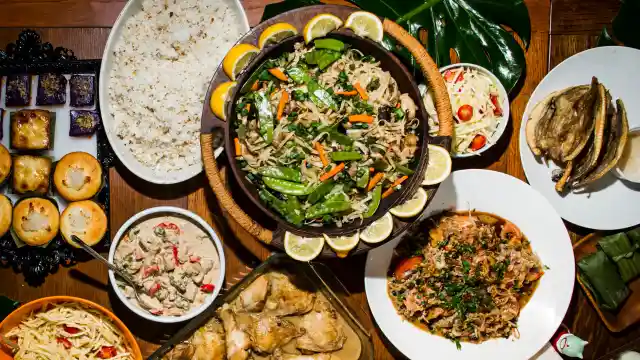
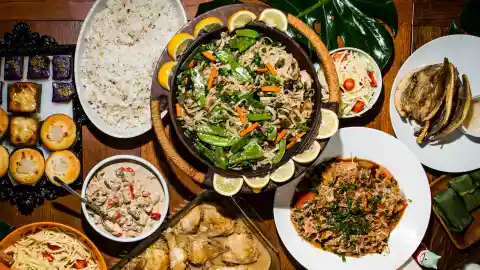
They appear to be right at last, if somewhat belatedly. Here are 12 of the best foods from the Philippines that you must try!
Kare-Kare
The traditional Filipino dish kare-kare is one that practically every Filipino recommends visitors to the Philippines try. This dish is a thick, flavorful stew made in the style of the Philippines with vegetables, various cuts of pork or beef, and a peanut-gravy sauce.
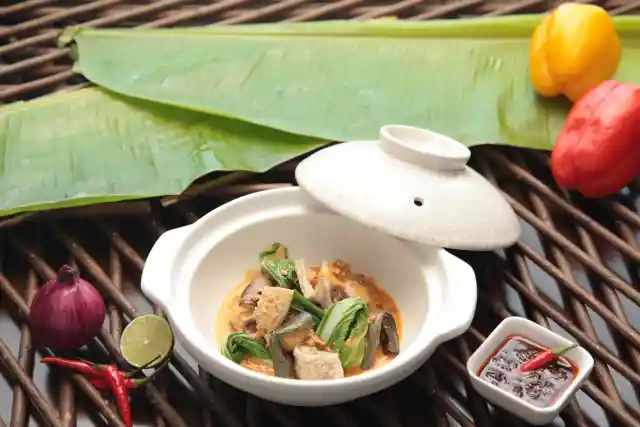
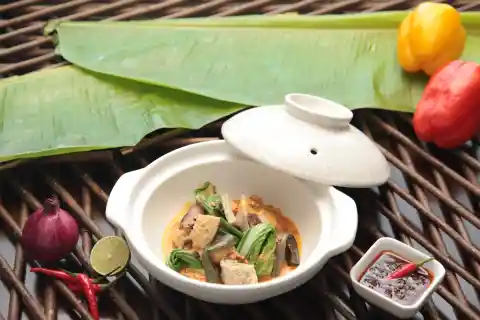
The meat used in kare-kare was originally oxtail, but as time went on, different cuts of pork and beef were added. Before Spanish colonization, the Filipinos had a dish called kare-kare.
Due to its hearty soup and slightly sweet, rich flavor, it is regarded as a comfort food in the Philippines during the rainy season. The dish tastes great when served with rice, and kare-distinctive kare's flavor is brought out by the marriage of roasted peanuts and warm rice.
Adobo
This traditional Filipino dish is probably one of the most loved Filipino dishes around the world. For the preparation, chicken or pork are marinated for a few hours in a mixture of salt, vinegar, black pepper, garlic, and other seasonings. After that, the meat is slowly cooked to make it tender. And vinegar works wonders as a preservative.
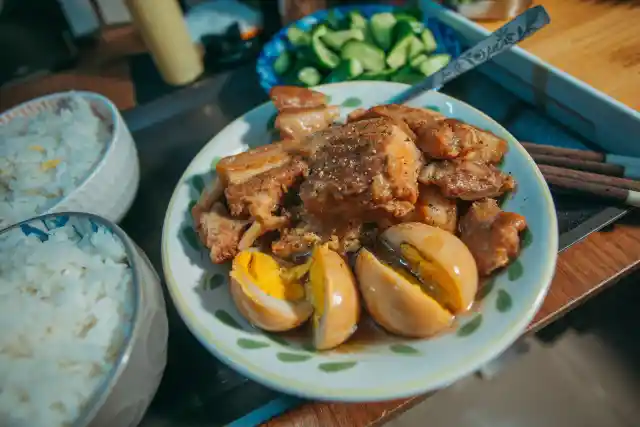

You'll be surprised at how many different adobo varieties there are. There is the Ilocanos' dry, garlicky adobo. Both the well-known adobo in tomatoes, or adobo sa kamatis, and the rich and creamy adobo in coconut milk, or adobo sa gata, originate from the Bicol region. It is not surprising that adobo is the best food in the Philippines given its wide variety.
Sisig
Probably existing before the 17th century, sisig is a traditional Filipino dish. It is made up of pig face and belly meat as well as chicken liver and is frequently spiced with calamansi, onions, and chili peppers. A citrus fruit called calamansi, also referred to as a Philippine lime, is most often used to make calamansi juice, which is added to this dish.
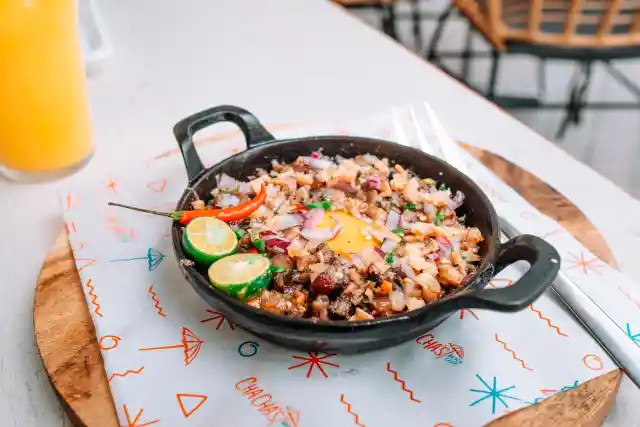

The best-known use of sisig is as a snack served with pulutan, or alcoholic beverages, in the Philippines. It can also be eaten with rice. A properly prepared plate of sisig is distinguished by the crunchiness of the pig's ear cartilage and the creaminess of the liver.
Lechon
Lechon, the national dish of the Philippines, is regarded as one of the best Filipino delicacies to serve at celebrations and is popular across Europe and South America.
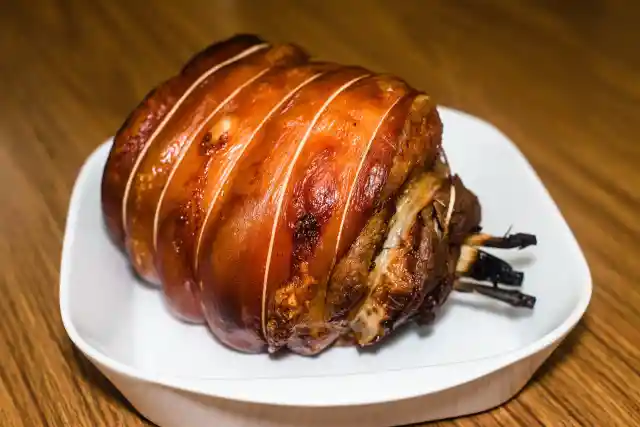

A suckling pig is cooked over hot coals and packed with a plethora of herbs and spices, including pepper, spring onions, star anise, lemon grass, and laurel leaves. It is always presented on festive or ceremonial occasions. This famous Filipino meal is wonderful even without any sauce.
Gising-Gising
Gising-gising, also known as "ginataang sigarilyas," is a South Asian bean dish cooked with minced beef, seafood, and winged beans. It is a creamy, spicy, and sour stew popular in the Philippines. This dish also includes chili pepper and shrimp paste from the area.
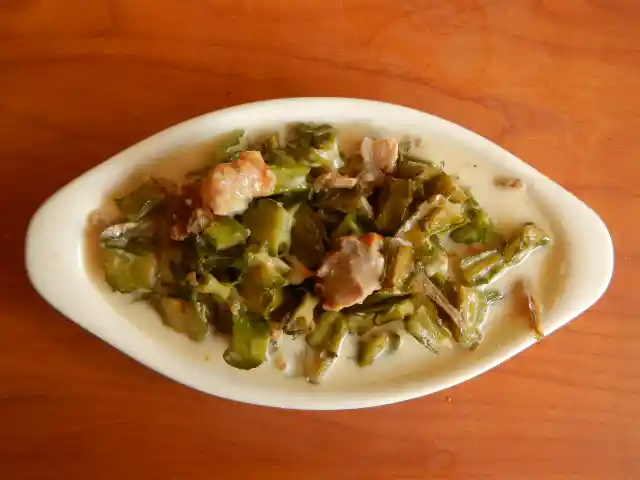
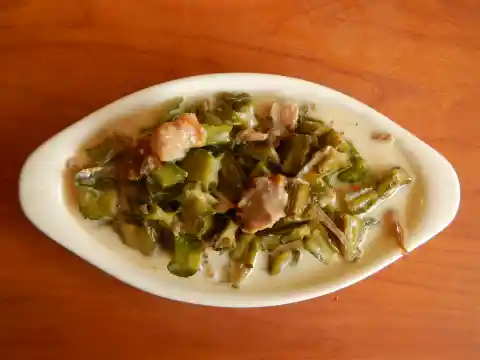
They provide umami and heat to the meal, making it more tantalizing to consume. "Gising-gising" is a Filipino expression that means "wake up, wake up" in English. Its sweetness and spiciness will rouse you when you try it. The recipe is suitable for eating alone, with rice, or as a side dish with dishes that include grilled meat.
Sinigang
The sour soup known as sinigang, which is warm and soothing, is a beloved dish from the diverse Filipino food culture. Meat and vegetables are boiled in a sour broth for this dish.
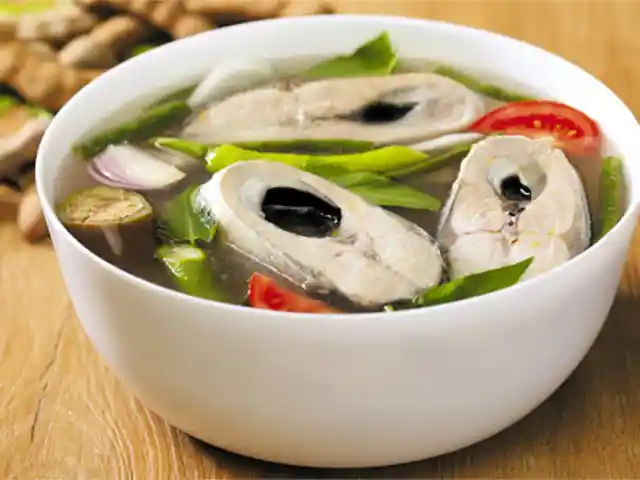
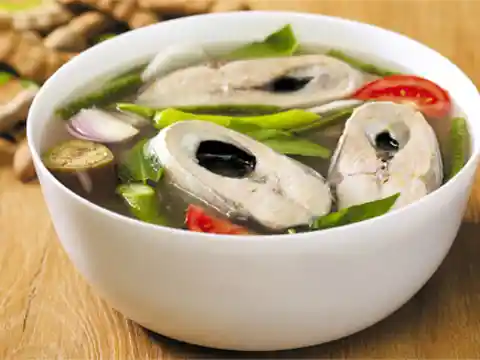
Tamarind, tomatoes, or other sour fruits are used to augment the sourness. Onions, chilies, and fish sauce are also used in the recipe. It is one of the most well-liked meals in the Philippines.
Batchoy
The Philippines' version of ramen, called batchoy, is a warm, hearty noodle meal. La Paz batchoy is a particular variation that has thin, firm egg noodles in a clear bone broth with a considerable quantity of chicharon (crunchy swine rinds), meat, intestines, tiny thin slices of liver, and green onion leaves on top.
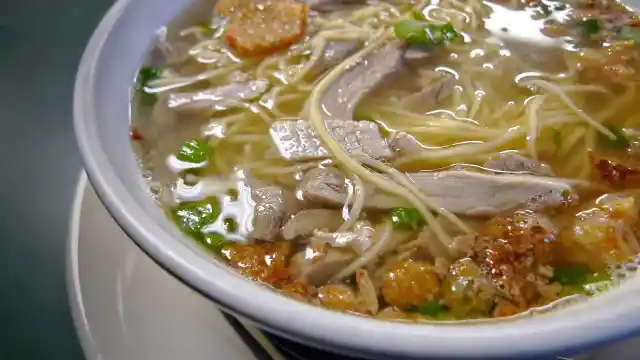

You can also add a raw egg if you like. For a more genuine taste, eat it with puto manapla (rice cakes). The broth in another variation of this dish, known as batchoy tagalog, has a lot of ginger and uses a Chinese vermicelli noodle called misua.
Lumpia
This meal is a delectable deep-fried spring roll that was inspired by Asian food. The roll is filled with a combination of minced meat and chopped veggies. It only has to be deep-fried until it is sufficiently golden brown, crispy, and crunchy, making preparation simple.


It is the most delicious lunch dish you will ever eat when served with the proper sauces. In addition to being an appetizer, it is also highly regarded as a "pulutan" (snacks you eat with alcoholic beverages).
Chicken Inasal
This chicken recipe includes every part of the bird, from the breast to the heart and liver. Lemongrass, calamansi (a kind of Filipino lime), garlic, and annatto seed oil are used to marinate the meat. Seasoning is applied in the form of a pinch of salt and pepper.


The chicken flesh is cooked over hot coals until it turns golden brown and the aromas have your mouth watering in anticipation after the chicken has absorbed all the flavors of the marinade. The meat is served with a large serving of garlic rice and the remaining marinade, which is delicate and delicious.
Crispy Pata
Crispy pata is another one of the incredibly famous Filipino foods served during festivities. It is made with boiling, drained, and deep-fried pig knuckle.
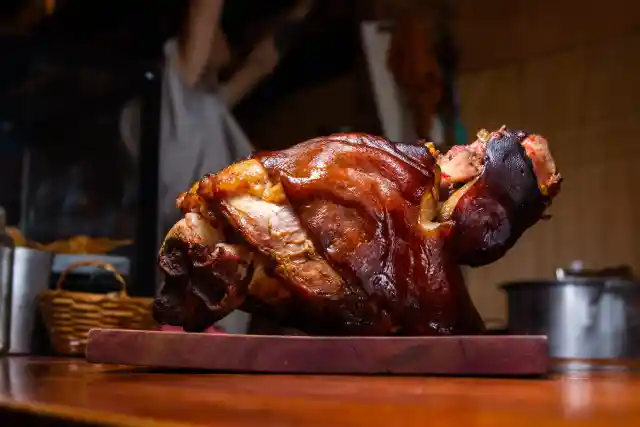

The skin becomes crispy and crackly, yet the flesh is tender and delicious. This recipe will be wonderful if you serve it with a soy-vinegar sauce.
Longganisa
Longganisa is a smoked pork sausage with a spicy flavor. Chefs prepare them using a variety of spices and seasonings, giving them distinctive flavors you won't find anywhere else. You may even get sausages that have saltpeter, paprika, and brown sugar. Sausage comes in two primary varieties.


Longganisa de Recado is a spicy, flavorful sausage. Longganisa Hamonado is a sweeter sausage with brown sugar or dried fruits. You can eat a sausage on its own or as part of a larger meal. Chefs slice the sausage and serve it with fried rice and veggies for breakfast.
Halo-Halo
Halo-halo is a beloved dessert in the Philippines. Shaved ice is combined with kaong (sugar palm), banana, gelatin, beans, halaya (purple yam), macapuno (sticky coconut strips), sago, and whatever fruit is in season to make this "mix mix" dessert.
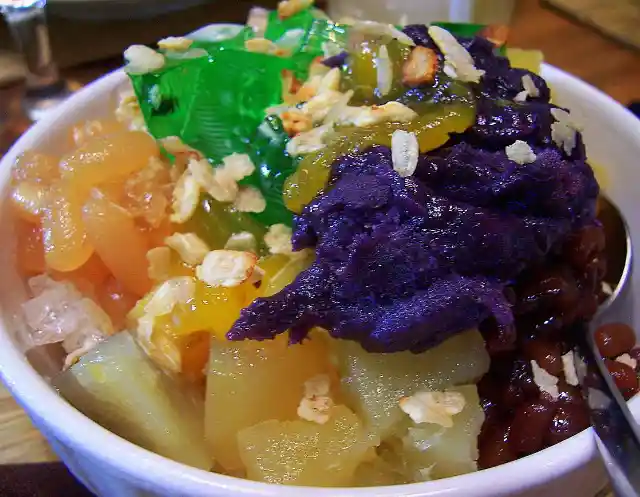

Leche flan, condensed or evaporated milk, and ube ice cream are usually always used to top this dessert. Halo-halo is like nirvana in a cup during the sweltering summer.